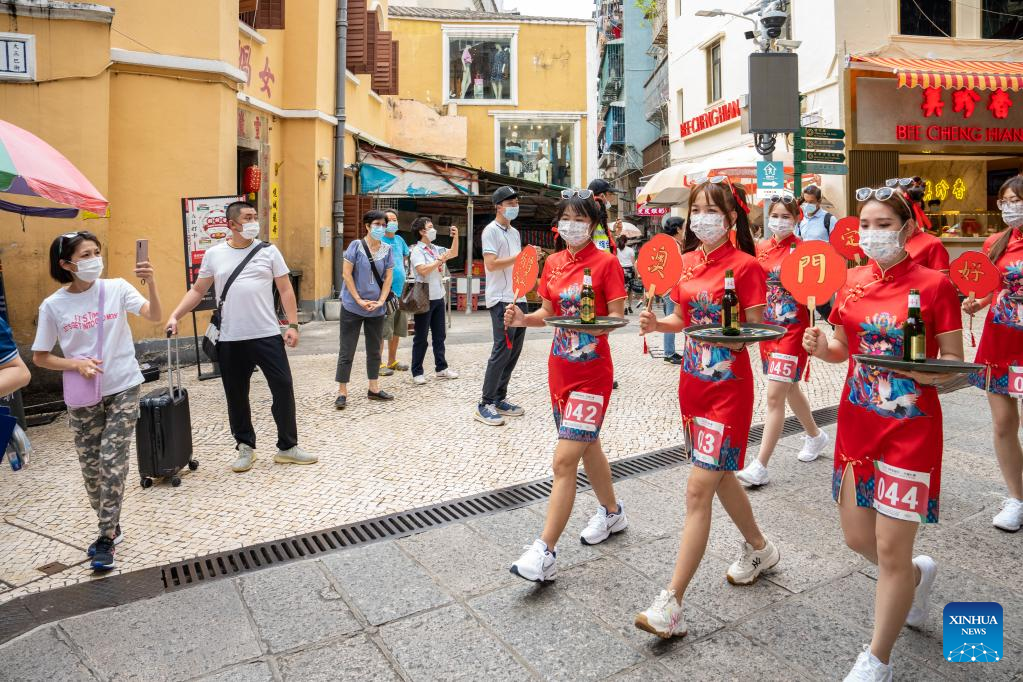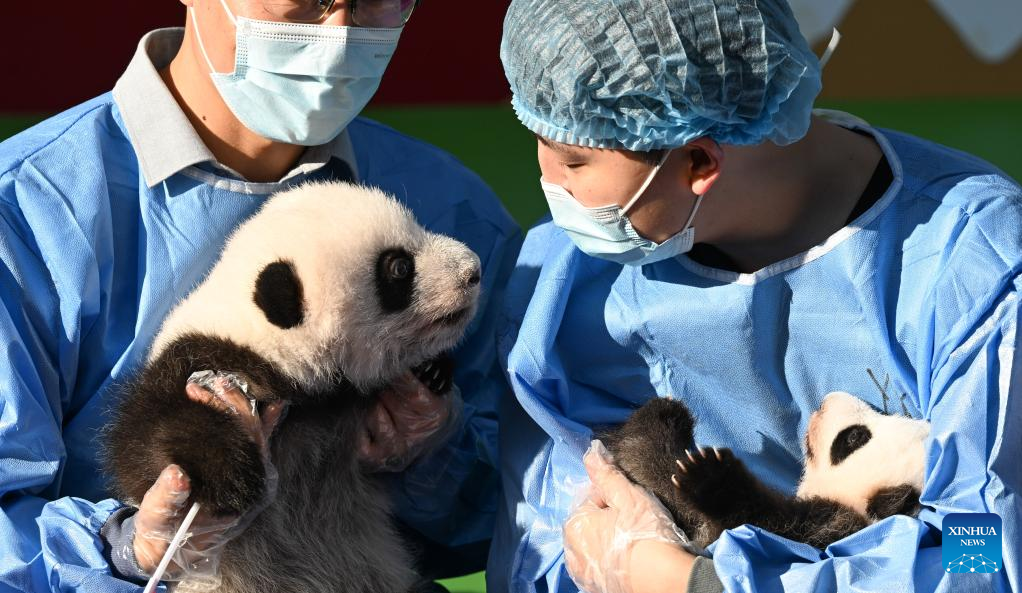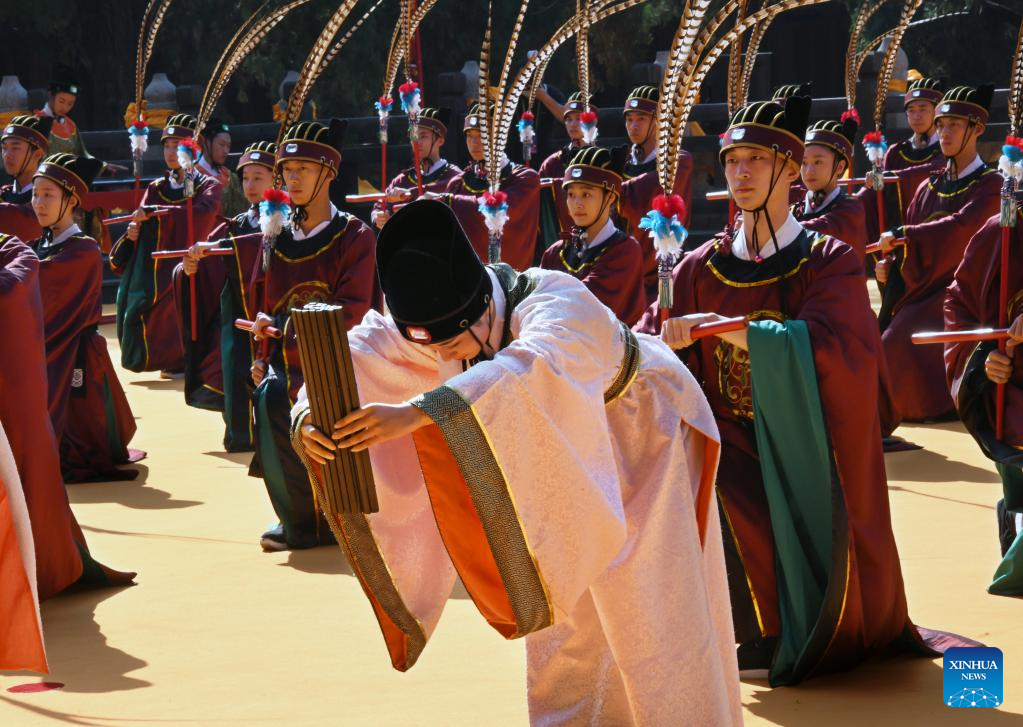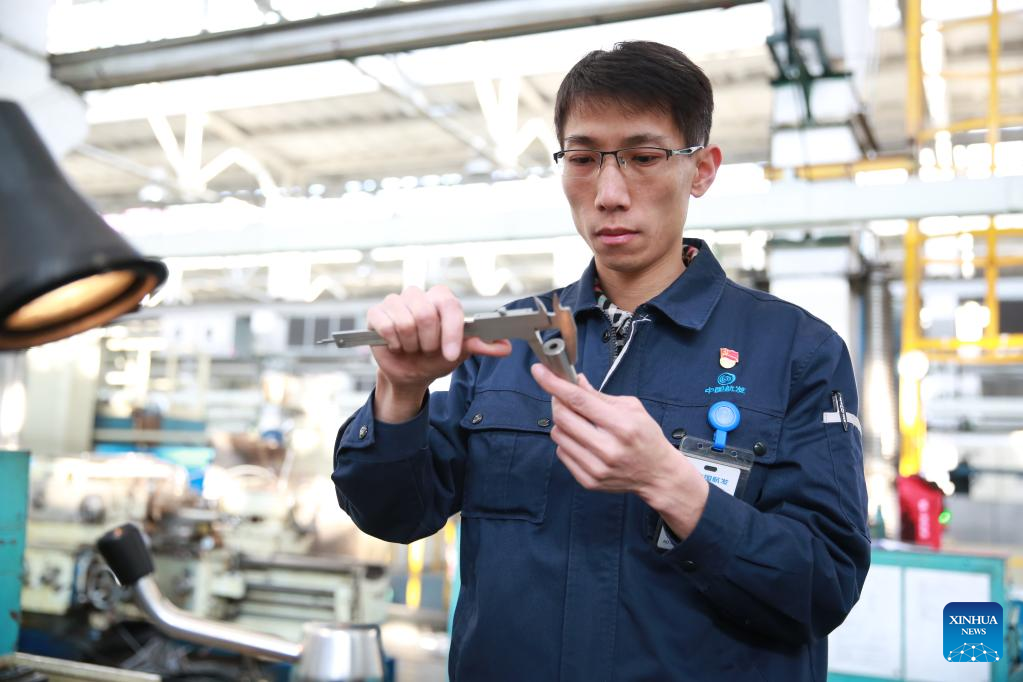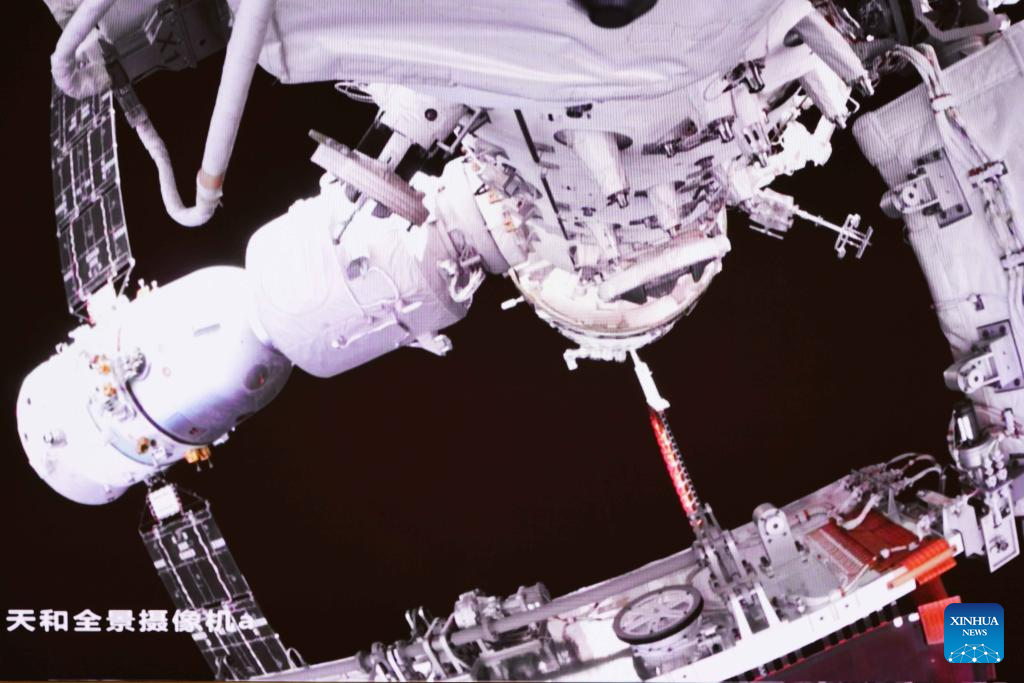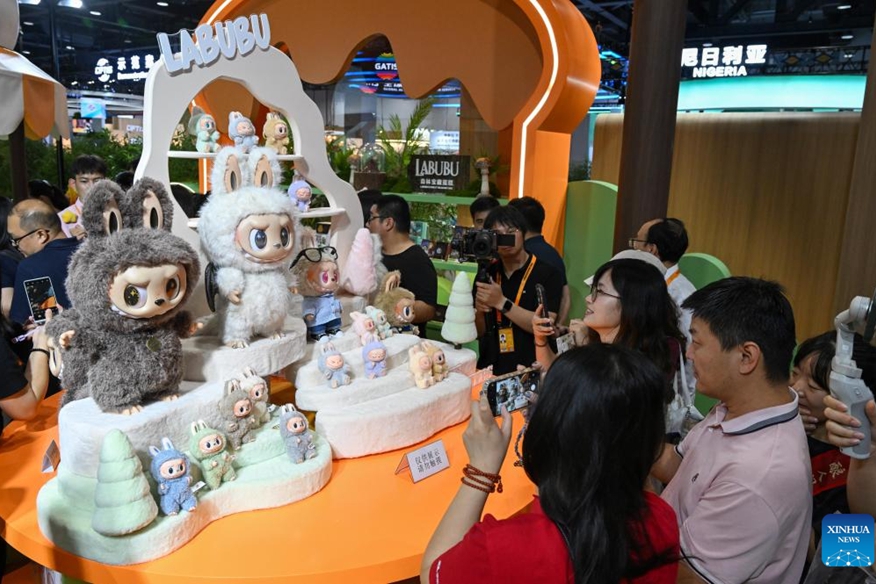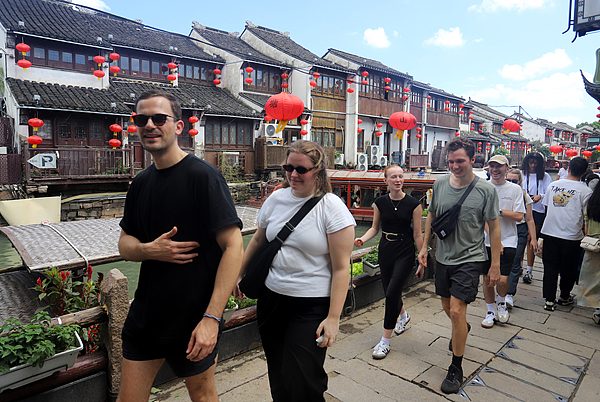
Tourists visit Shantang street, which has a history of over 1,000 years, in Suzhou City, Jiangsu Province, September 17, 2024. (CFP)
Cultural and tourism spending in Jiangsu Province during the Mid-Autumn Festival holiday ranked second nationwide, only behind Guangdong Province, according to the data released by China UnionPay and e-commerce platform Meituan.
The province’s monitored A-grade tourist attractions, museums, key rural tourism villages and nighttime consumption areas reported over 6 million visits and tourism revenue of 2.26 billion yuan from Sep. 15 till 16:00 Sep. 17.
In response to Typhoon Bebinca, tourist attractions in Jiangsu issued safety announcements and travel updates through official websites and WeChat public accounts starting from the evening of September 14, including the closure of attractions and cancelations of outdoor programs.
Suzhou called on its tourism enterprises to offer cancellations for free for tourists unable to arrive due to the weather. The city also provided vouchers for cultural and tourism spending to residents and tourists. In Wuxi, star-rated hotels provided full refunds to visitors. Destinations like Nianhuawan scenic area and Taihu Lake Hotel offered mooncakes and free programs to stranded tourists. As the typhoon passed, major scenic spots and museums across the province gradually reopened from September 17.
During the holiday, the 6th Grand Canal Culture and Tourism Expo concluded in Suzhou City. The Italian opera Turandot was performed outdoors in Nanjing for the first time as part of the city’s Forest Music Festival.
Another highlight of the holiday market was the extended opening hours at 67 cultural and museum venues across the province, with 33 offering nighttime activities. The Nanjing Museum and the China Grand Canal Museum in Yangzhou stayed open until 9 p.m. and added pop-up performances and demonstrations of intangible cultural heritage, attracting over 10,000 visitors in the evening. The two museums saw their sales of cultural and creative products exceeding 3.2 million yuan, while Suzhou Museum's sales of culture-themed mooncakes reached nearly 2 million yuan.
The popularity of moon and lantern viewing increased by 61% and 267%, respectively, compared to the Dragon Boat Festival holiday. Additionally, activities such as the temple fair in Yancheng and the food market in Huai'an were also welcomed by residents and tourists.

